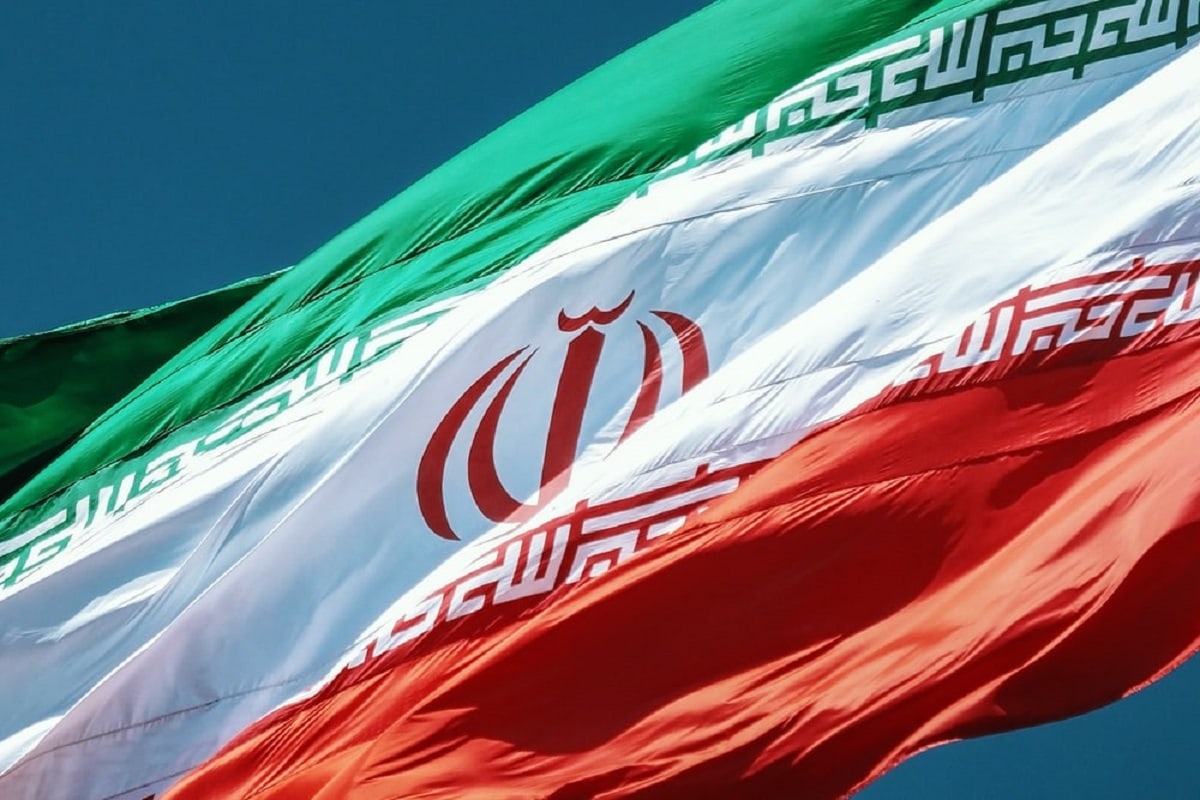The protests that erupted when Iranian police murdered 22-year-old Mahsa Amini now approach the half-year mark. While they have slowed, Iran’s most durable protest movement since the Islamic Revolution remains potent. Even if the protests do not immediately end Supreme Leader Ali Khamenei’s rule, they have achieved something important: They have forever ended the Islamic Republic’s claims to legitimacy. By exposing so-called reformists as little more than the good cops to Khamenei’s bad cop, they should also clarify Western policy toward Tehran.
The protests have also enabled Western states to focus their Iran policies by dispensing with the false hopes and grifters of the past. How else to explain why not a single “reformist” resigned in protest? The protest movement likewise confirmed the irrelevancy of both the cult-like Mujahedin-e-Khalq, whom Iranians despise, and the National Iranian American Council, whose record of seeking to reduce pressure on the regime the protestors condemned.
That said, while the protestors rallied in what they were against—the Islamic Republic and the misogynistic dictatorship it represents—they failed to coalesce around any charismatic alternative. Protests were spontaneous or erupted in reaction to some outrage. While a lack of leadership might hamper Iranians’ ability to take their protests to the next level in the short-term, it could be a blessing in disguise in the longer term.
Charismatic leadership has, for more than a century, undermined Iranian aspiration for democracy. Prior to the 1979 Islamic Revolution, Ayatollah Khomeini promised Iranians an “Islamic democracy” without ever defining or detailing what he meant. As he consolidated power, he imprisoned democrats and liberals and imposed a dictatorship as brutal as the shah’s.
While conventional wisdom holds that Iran missed a democratic moment in 1953 when the CIA conspired to overthrow Prime Minister Mohammed Mosaddeq, this reflects a fundamental misreading. Constitutionally, Mosaddeq was wrong. The shah had the power to dismiss premiers and to invite other politicians to form new governments. When Mosaddeq’s time was up, he refused to step down and instead sought to use populist violence to run roughshod over the constitutional order. This is why, at the time, contemporaries referred to the CIA action as a “countercoup” rather than coup. Until 1953, the shah was not an absolute dictator; that came after the restoration of his power.
The ousted shah’s father Reza Pahlavi, however, aspired to dictatorship from the start of his rule. Reza Pahlavi began his career as Reza Khan, head of the Russia-trained Persian Cossack Brigade. In the chaotic first decades of the 20th century, many Iranians feared their country was breaking apart at the seams. Ahmad Shah Qajar, who took the throne in 1909 at age 11, was weak. Both the Russians and British openly ran roughshod over Iranian sovereignty. Insurrection and tribal revolt were the order of the day, especially along Iran’s periphery. The shah deployed Reza Khan’s unit to put down the revolts, which they did with gusto. Reza became a national hero. He eventually questioned why he should not take his role as savior to the next level and, in 1925, ousted Ahmad Shah, ended the Qajar dynasty, and began his own.
Iran’s closest experience to democracy occurred just prior to Reza’s rise. The 1905-1909 Constitutional Revolution, inspired in part by the 1905 Russian Revolution, was a popular movement that, like today’s protests, lacked a single, charismatic leadership. It took four years, but the constitutionalists triumphed and forced the shah to acquiesce to a parliament that engaged in true democratic debate for several years until outside power and too many craven politicians led Iran’s nascent democracy to go off the rails.
Back to the present: Regime change in Iran will be difficult, but it is inevitable. Khamenei will die, and it is unclear any new ayatollah will be able to consolidate power. The Revolutionary Guards will play the role of the Russia-backed reactionaries of a century past as they intercede to stymie more liberal-minded politicians. It will be a tough fight—and very likely a violent one—but the sheer suspicion Iranians have of charismatic figures may ironically give them a second chance at democracy. After 115 years, they deserve one.
MORE: Pete Buttigieg Is Destroying Himself
MORE: Kamala Harris Is Creating a Nightmare for Democrats
MORE: Are We Watching the End of Donald Trump?
Now a 1945 Contributing Editor, Dr. Michael Rubin is a Senior Fellow at the American Enterprise Institute (AEI). Dr. Rubin is the author, coauthor, and coeditor of several books exploring diplomacy, Iranian history, Arab culture, Kurdish studies, and Shi’ite politics, including “Seven Pillars: What Really Causes Instability in the Middle East?” (AEI Press, 2019); “Kurdistan Rising” (AEI Press, 2016); “Dancing with the Devil: The Perils of Engaging Rogue Regimes” (Encounter Books, 2014); and “Eternal Iran: Continuity and Chaos” (Palgrave, 2005). This ideas expressed in this piece are the author’s own.

